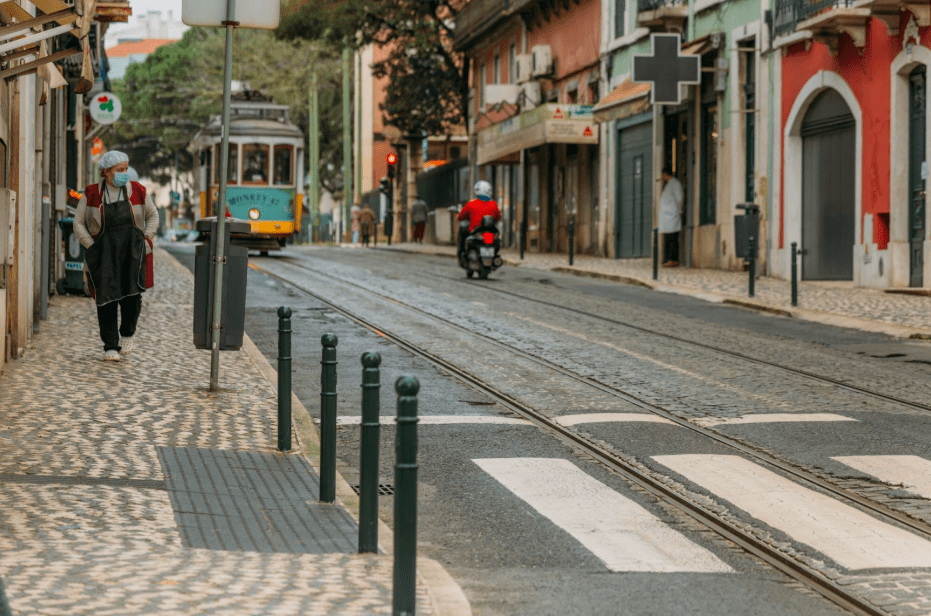Key Takeaways
- Sidewalks in urban areas like NYC play a crucial role in logistics, impacting the efficiency of global trade.
- Proactive sidewalk management can enhance pedestrian safety, streamline deliveries, and support local businesses.
- Integrating smart technologies with proper infrastructure maintenance is essential for a competitive, smart city framework.
The Crucial Role of Sidewalks in Urban Infrastructure
In today’s hyper-connected world, the concept of smart cities extends beyond technology to encompass physical infrastructure, particularly sidewalks. In bustling places like New York City, sidewalks serve as essential arteries for logistics, retail access, and overall economic vitality. Addressing sidewalk violations is not merely about aesthetics; it directly enhances NYC’s ability to participate effectively in global trade.
Global trade hinges on complex supply chains, where numerous items traverse great distances to reach their destinations. However, the “final mile” often faces significant challenges due to poor infrastructure, including cracked pavements and illegal obstructions. In dense urban settings such as NYC, these problems create logistical inefficiencies that can delay shipments and increase costs, affecting overall trade operations.
In NYC, property owners are responsible for the upkeep of adjacent sidewalks. Violations occur when sidewalks are cracked, uneven, or obstructed, creating hazardous conditions. Such issues, while seemingly minor, collectively obstruct pedestrian movement and impede delivery processes, threatening NYC’s status as a key player in global logistics.
New York City plays a pivotal role in international trade due to its access to major ports and transportation networks. Efficient sidewalk conditions are essential for couriers and freight handlers, especially as customer expectations lean towards same-day or next-day deliveries. Disruptions at the city level can hinder the seamless flow of goods, ultimately impacting the economy.
The vision of a smart city involves incorporating advanced technologies to improve urban life. However, no amount of innovation can compensate for failing infrastructure. A truly smart city merges digital advancements with effective physical maintenance, ensuring public spaces remain safe and accessible.
To align with smart city initiatives, NYC must maintain its sidewalks. Doing so can enhance pedestrian safety, improve last-mile delivery efficiency, and boost tourism and local businesses reliant on foot traffic.
Proactive sidewalk management is critical. Currently, most violations are addressed reactively, but embracing technologies like IoT sensors and AI-driven analytics could predict maintenance needs, making sidewalks more effective for all citizens and global trade participants.
Additionally, sustainable practices in sidewalk maintenance can further enhance urban landscapes. Using eco-friendly materials can not only improve aesthetics but also support broader environmental goals, promoting sustainable delivery options like bike couriers.
To stay competitive with global trade hubs, NYC must treat sidewalk maintenance as a strategic economic initiative, ensuring seamless mobility within the city. This will reinforce its role in global supply chains, enhancing resilience against future disruptions.
Ultimately, enhancing NYC’s sidewalks may seem like a localized concern, but it has significant implications for global trade. By investing in urban infrastructure, NYC can improve living standards for residents while maintaining its critical role in the international marketplace.
The content above is a summary. For more details, see the source article.















